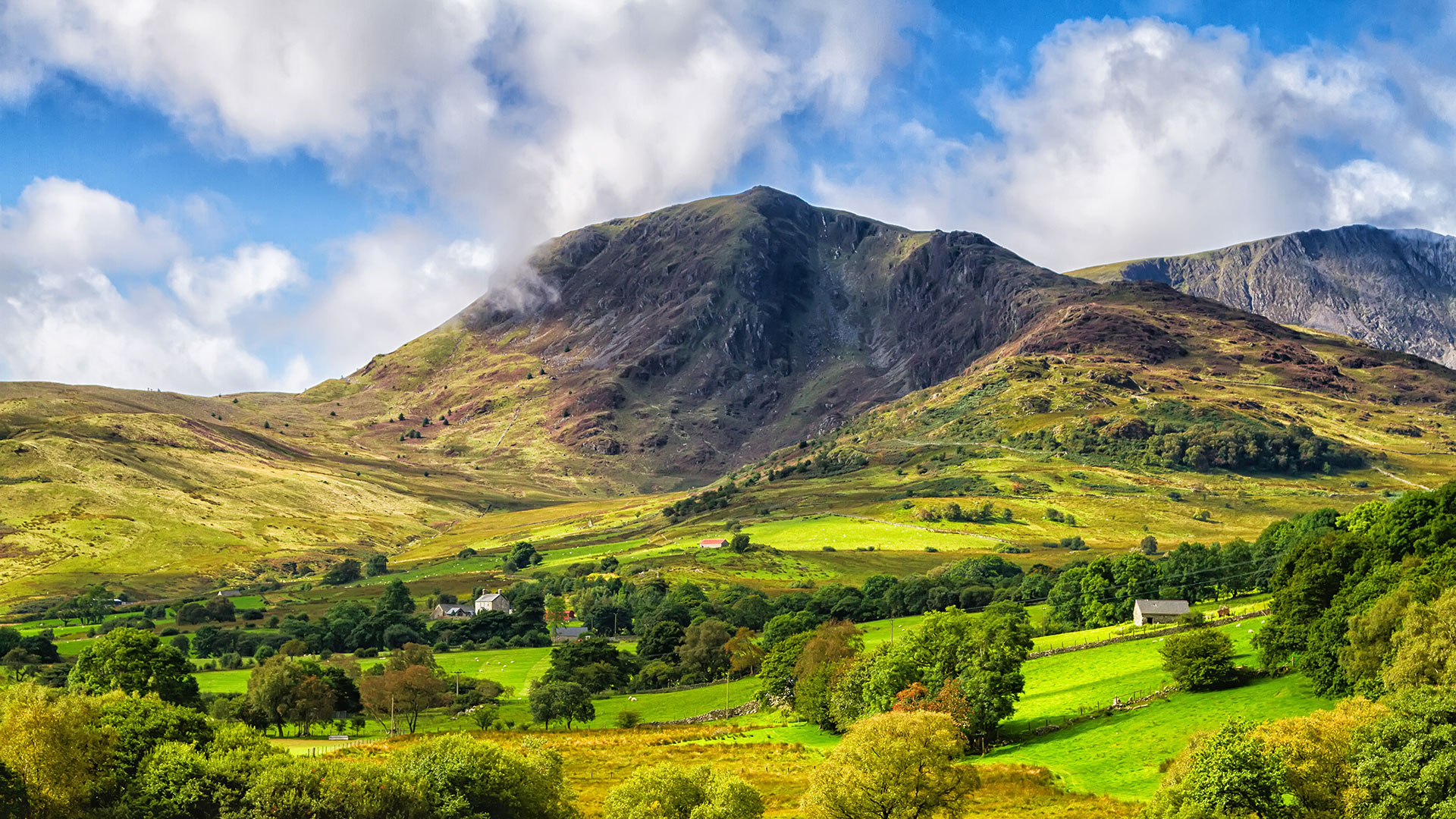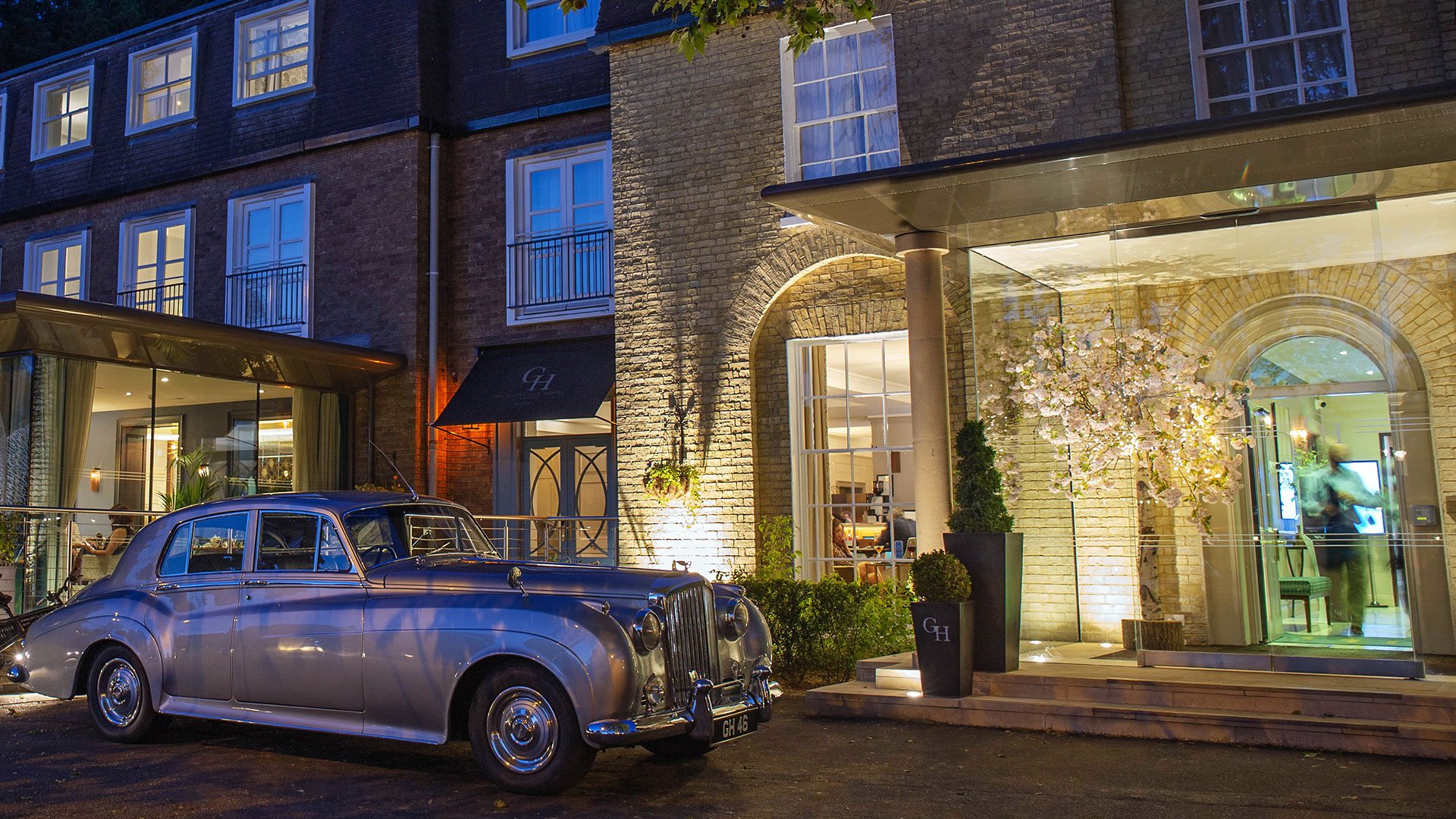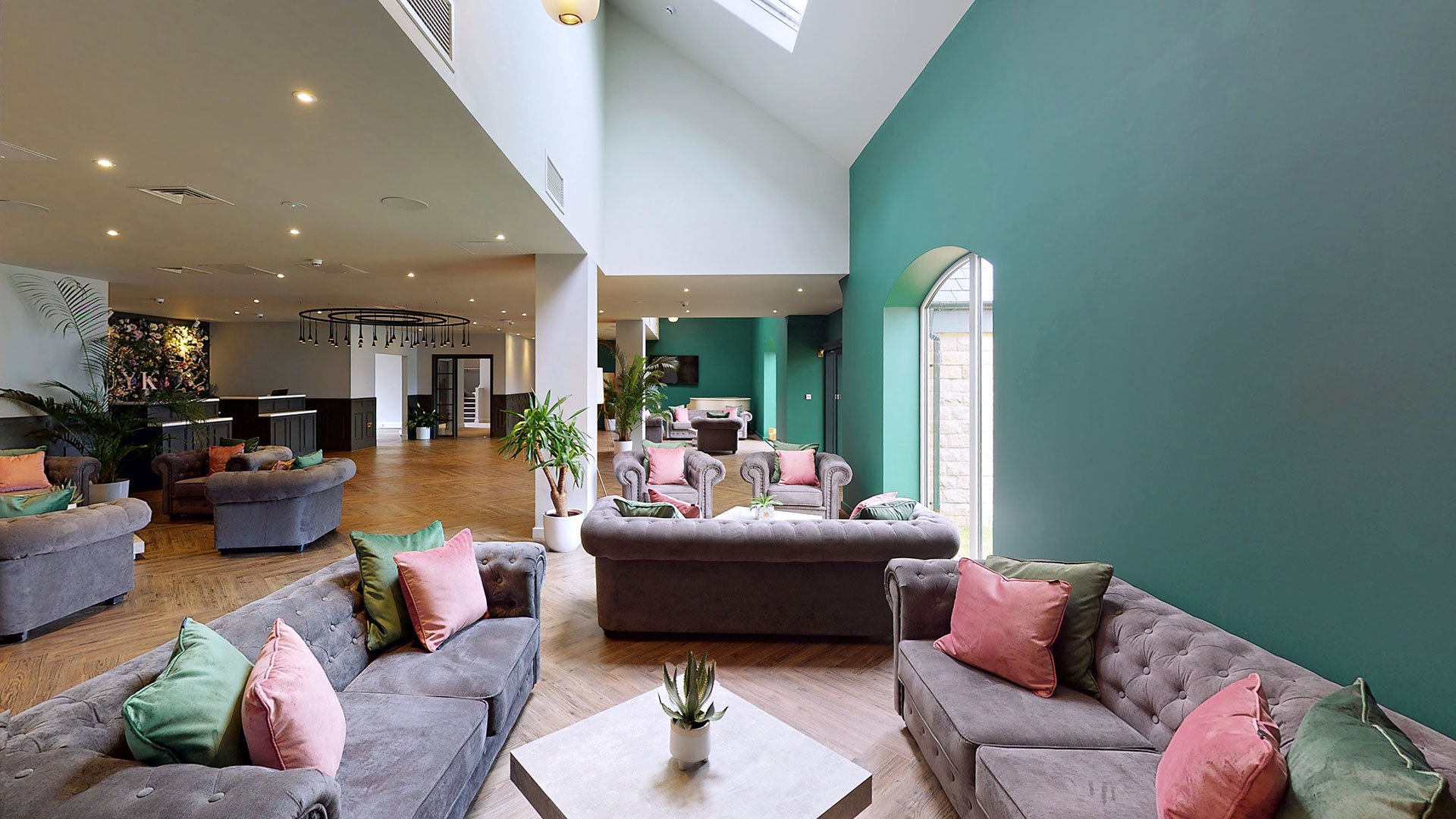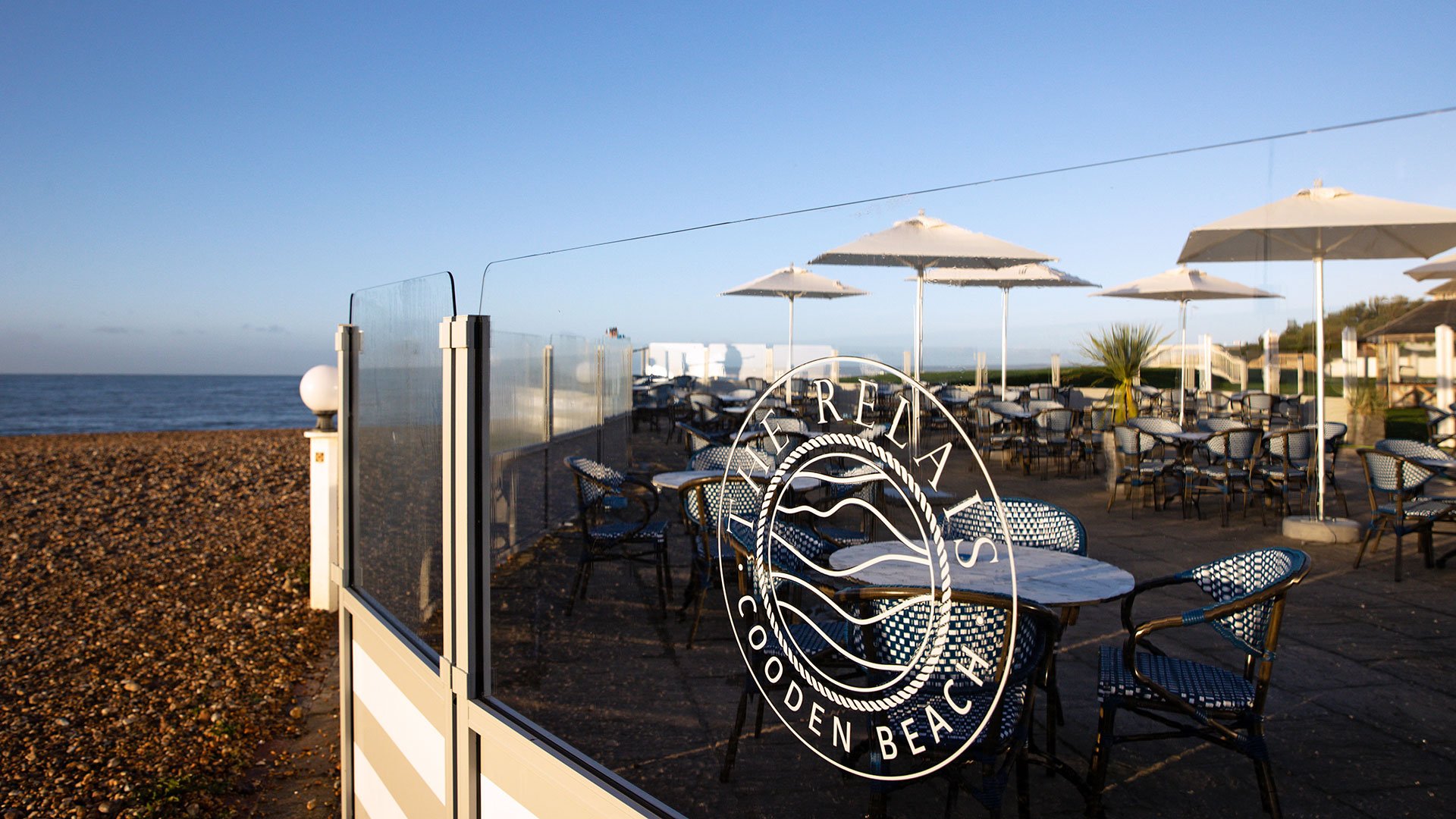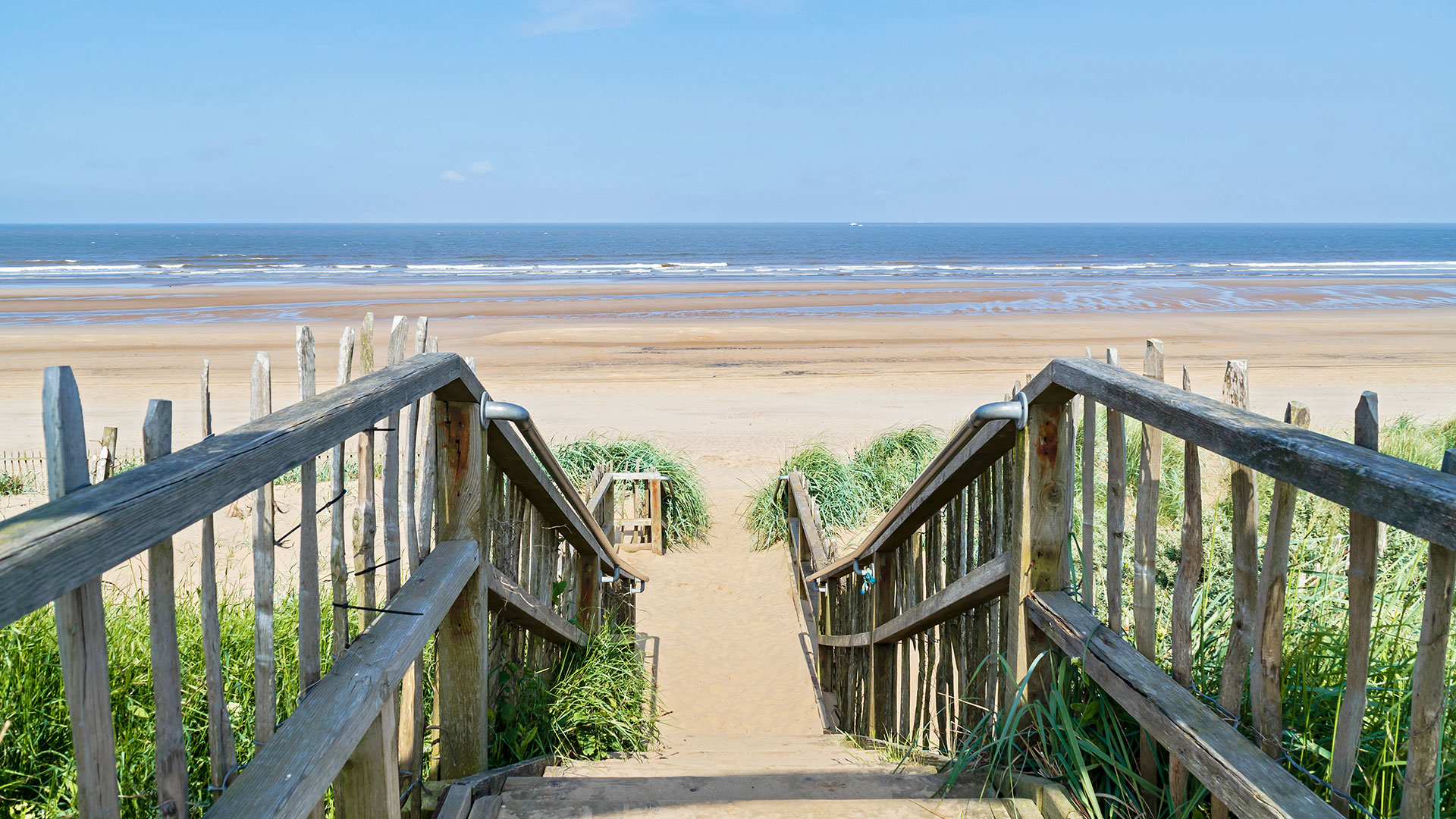Champagne is synonymous with celebrations. From 18th birthday parties through to golden anniversaries, our happy milestones are usually accompanied by a bottle of fizz. “Champagne is one of the elegant extras in life,” said Charles Dickens. This is especially true of romantic occasions – be it a weekend for two or a wedding breakfast for 200, there’s usually a bottle of France’s finest on ice. Global Champagne sales hit a record high of £312m in 2015, and show no signs of slowing. But why do we celebrate with Champagne, and has it always been this way?
Believe it or not, ‘Champagne’ wasn’t always fizzy. Still, pink-tinged wines were grown in the Champagne region, north-east of Paris, since Roman times. From the 10th Century onwards, coronations of French monarchs took place in the grand cathedral at Reims, one of the biggest towns in the area. The local wines became a key part of the coronation festivities, and were also offered to foreign kings, helping spread the reputation of the Champagne region. By the 16th Century, the region had built up some serious prestige: Henry VIII and Charles V of Spain both owned vineyards in the area.
It was the development of the méthode champenoise that cemented Champagne’s reputation as the drink for celebrations. Although legend has it that sparkling Champagne was invented in the 17th Century by a monk named Dom Pierre Perignon (1638-1715), he originally wanted to get rid of the bubbles that kept appearing in his wines. At the time, the bubbles were seen as an undesirable side effect of the wine-making process, until British aristocrats developed a taste for them. They imported wine from Champagne by the crate-load. The still wines were often shipped to England in barrels during the winter, and then decanted into bottles with cork stoppers on arrival. Come the spring when the wines were opened, pressure had built in the bottles and they began to fizz. The Brits embraced the bubbles and an English scientist called Christopher Merrett published a paper in 1662, revealing that adding sugar to a bottle of wine before sealing it could cause it to bubble.
Back in Champagne, “Perignon perfected the means of sealing the sparkle in the bottle, thanks to the rediscovery of the use of the cork as a stopper,” says the bible of French food and drink, Larousse Gastronomique. The méthode champenoise – where bubbles are produced by adding yeast and sugar to wine in the bottle and leaving it to ferment – was established.
Like so many iconic products, the evolution of Champagne is as much about marketing as it is about the drink itself. The big Champagne houses began to set up camp in the region in the 18th century: Moët et Chandon, Piper-Heidsieck, Louis Roederer, Veuve Clicquot and Tattinger were among the first. These firms cannily built on Champagne’s growing reputation as a drink of status, and turned it into the drink of celebration. They took samples of their wines to Europe’s various Royal courts to win their patronage. They were early adopters of the celebrity endorsement, getting well-known figures like music-hall star George Leybourne to promote their products, which he did to enduring effect by penning the song Champagne Charlie in 1866.
The Champagne houses splashed out on advertising, paying artists like Toulouse-Lautrec to create stunning images of their products. Cézanne and Manet (most famously in Un bar aux Folies-Bergère) also featured Champagne bottles in their paintings, cementing its reputation as the drink to order in decadent Belle-Époque Paris.
By the early 20th Century, the Champagne houses didn’t need to seek celebrity endorsements, as the rich and famous were already in the drink’s thrall. At the end of the First World War, Winston Churchill famously said “Remember gentlemen, it’s not just France we’re fighting for, it’s Champagne.” F. Scott Fitzgerald made Champagne synonymous with the Roaring Twenties in The Great Gatsby and Twentieth Century icons like Marilyn Monroe, Bridget Bardot and Coco Chanel made Champagne a part of their legends by either allegedly bathing in it (Monroe) or uttering bon mots about it (Bardot and Chanel, the latter of whom said “I only drink Champagne on two occasions, when I am in love, or when I am not”).
Nothing has been able to dull the reputation of Champagne – it has survived two world wars (the location of the Champagne region meant its vineyards were in the heart of the action), the Great Depression and numerous recessions since. Global Champagne sales have been growing since the 1950s, and Britain has long been one of the biggest export markets for it. Cava, Prosecco, Cremant, and even English sparkling wines may be a more wallet-friendly choice but when it comes to celebrations and romantic occasions, Champagne is still the drink we want waiting on ice.
Check out our latest romantic breaks and weekend getaways. Call 0845 0 70 70 90 or email us today.
Katy Salter
Katy Salter is our food writer. She contributes to most of the UK’s major food titles.
